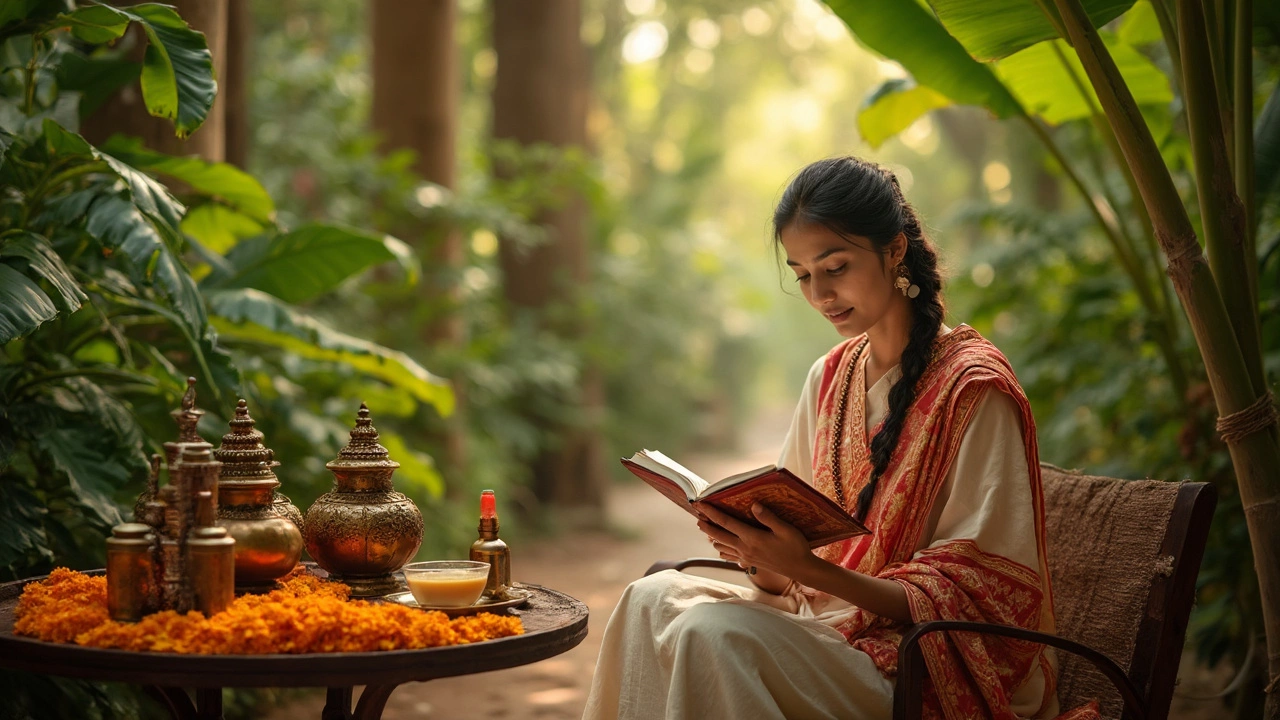Ayurvedic Massage: Ancient Healing Techniques for Modern Pain Relief
When you think of Ayurvedic massage, a traditional Indian therapy using warm herbal oils and specific pressure points to restore bodily balance. Also known as Abhyanga, it’s not just a relaxation technique—it’s a full-system reset rooted in 5,000 years of healing wisdom. Unlike regular spa massages that focus on muscles, Ayurvedic massage targets your dosha, your unique body-mind constitution—Vata, Pitta, or Kapha—that determines how you process stress, sleep, digestion, and pain. If you’re always tired, stiff, or anxious, your dosha might be out of sync. Ayurvedic massage doesn’t just rub away tension—it helps realign your inner rhythm.
This therapy uses oils infused with herbs like ashwagandha, turmeric, or sesame, chosen based on your dosha. Vata types get warm, grounding oils to calm nerves. Pitta types get cooling oils like coconut to reduce heat and inflammation. Kapha types get lighter, stimulating blends to boost energy. It’s not one-size-fits-all. The pressure, speed, and direction of strokes are all customized. You’re not just getting a massage—you’re getting a personalized treatment designed to trigger your body’s own healing response. Studies show it lowers cortisol, improves circulation, and reduces chronic pain better than generic massage in some cases. And it’s not just for the sick. Healthy people use it to prevent illness, improve sleep, and stay grounded in a fast-paced world.
Many people confuse Ayurvedic massage with regular Swedish or deep tissue. But it’s deeper than that. It’s part of a bigger system called Panchakarma, a detox and rejuvenation program in Ayurveda that includes therapies like herbal steam, oil enemas, and nasal cleansing. Massage is the first step—cleaning the channels, loosening toxins, preparing the body for deeper healing. When paired with proper eating times, breathing exercises, or herbal supplements like ashwagandha, the effects multiply. You’ll find posts here that explain how to time your meals for better digestion, which herbs to avoid if you have kidney issues, and why some people feel emotional after surgery. All of it connects. Ayurvedic massage isn’t an isolated trend. It’s one piece of a living tradition that’s been helping people in India—and now around the world—feel better without drugs or surgery.
What you’ll find in these posts isn’t theory. It’s real, practical advice from people who’ve tried it, clinics that use it daily, and the science behind why it works. Whether you’re dealing with joint pain, insomnia, or just need to slow down, there’s something here that speaks to your body’s needs.
-
4
Ayurvedic massage is a unique bodywork practice from India that combines herbal oils with massage techniques designed to suit your body type. It’s rooted in ancient Ayurveda, which aims to balance your mind and body. This article breaks down what makes Ayurvedic massage so special, including the techniques, benefits, and what to expect during a session. You’ll find useful tips for choosing the right massage for your needs. Whether you’re a skeptic or a wellness fan, there’s plenty to learn about this centuries-old healing tradition.
